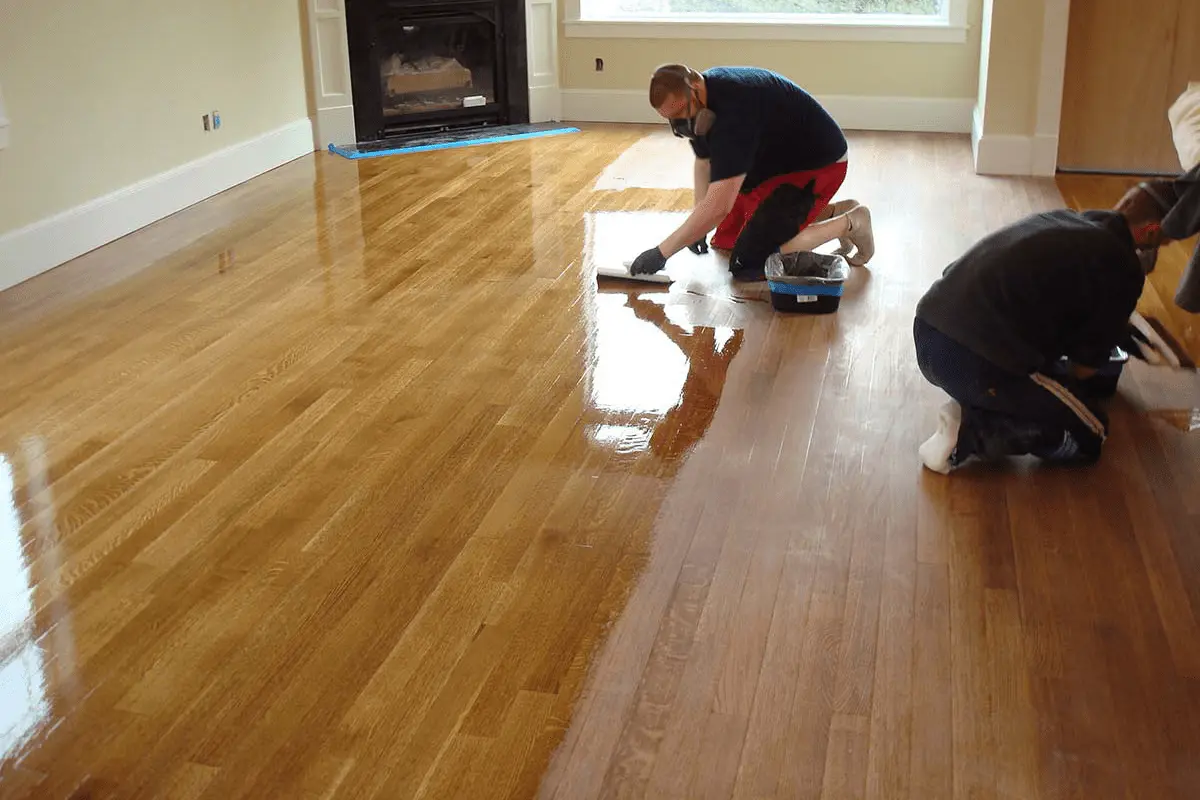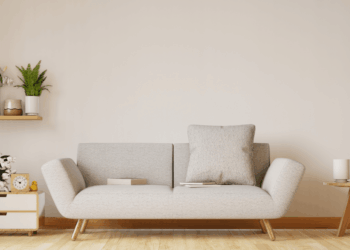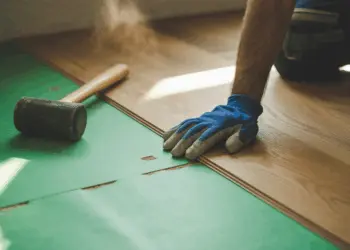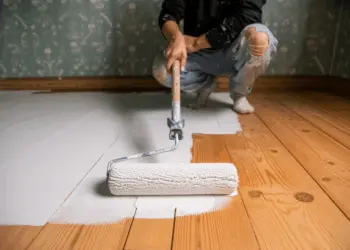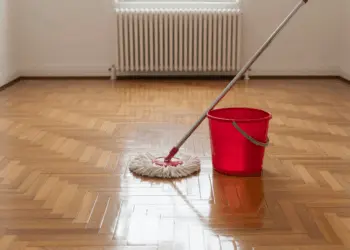Floor finishing is a crucial aspect of interior design that significantly contributes to the overall aesthetics and functionality of your living space. Whether you’re revamping your home or embarking on a new construction project, selecting the right floor finish is essential in creating a durable, visually appealing, and easy-to-maintain flooring solution that complements your interior decor. From traditional to contemporary options, exploring diverse floor finishing ideas allows you to transform your floors into stunning focal points that reflect your personal style and lifestyle preferences.
Introduction to Floor Finishing
The process of floor finishing involves the application of various materials and techniques to enhance the appearance and durability of your floors. From hardwood to concrete, each type of flooring requires specific finishing treatments to protect against wear and tear while adding a touch of elegance to the overall interior ambiance.
Assessing Floor Types and Conditions
Before delving into the world of floor finishing, it’s essential to assess the type and condition of your existing floors. Understanding the characteristics and vulnerabilities of different floor materials aids in determining the most suitable finishing options that cater to the unique requirements of each floor type.
Hardwood Flooring
- Characteristics: Known for its timeless elegance and natural warmth, hardwood flooring adds a touch of sophistication to any interior space. It offers durability, versatility in design, and easy maintenance, making it a popular choice for residential and commercial settings.
- Vulnerabilities: Hardwood floors are susceptible to scratches, dents, and moisture damage. They can also be sensitive to temperature and humidity fluctuations, requiring proper sealing and maintenance to prevent warping or cupping over time.
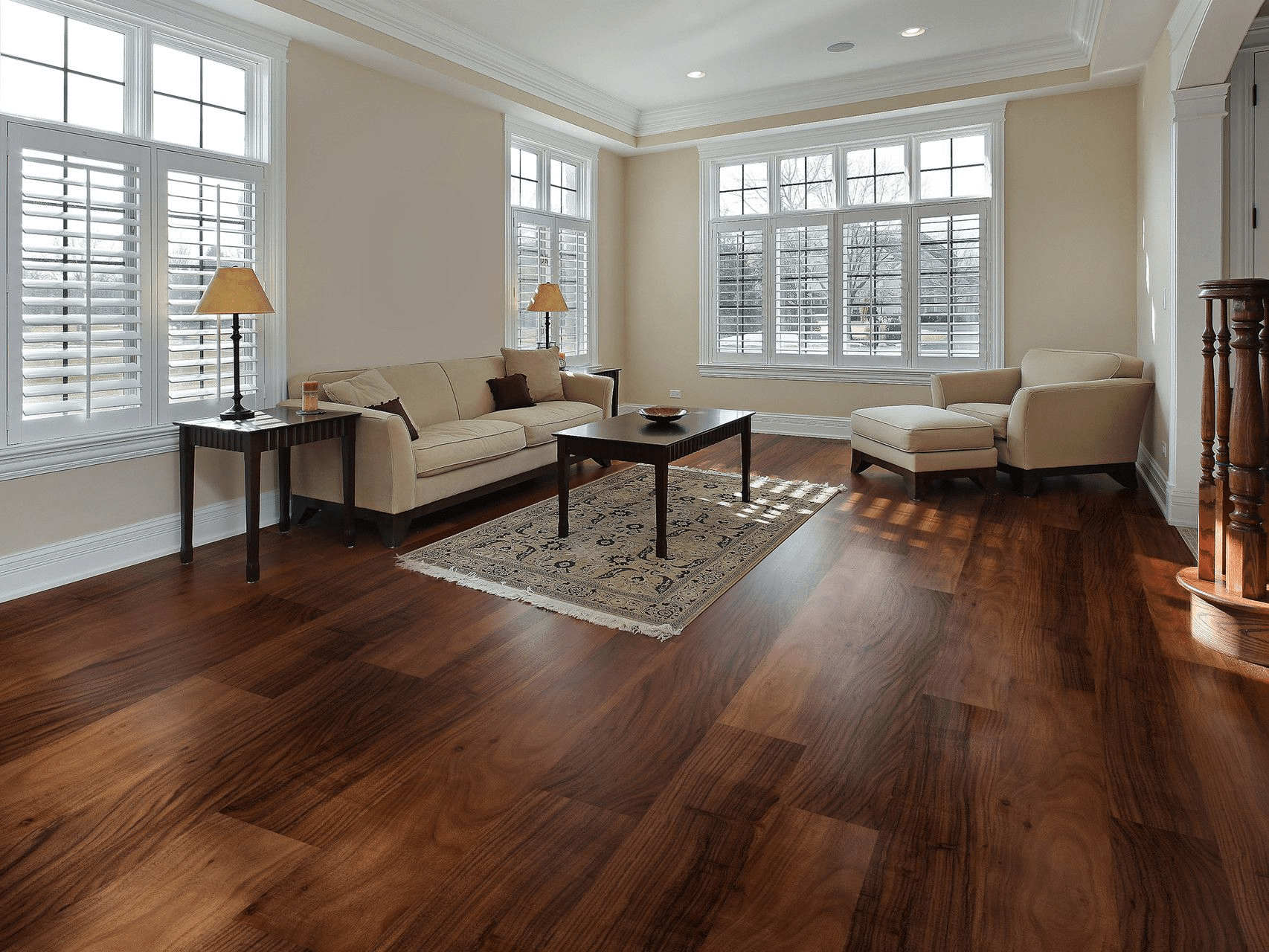
Laminate Flooring
- Characteristics: Resilient and cost-effective, laminate flooring mimics the appearance of natural materials such as hardwood or stone. It is known for its durability, easy installation, and resistance to stains and fading, making it an attractive option for high-traffic areas.
- Vulnerabilities: While laminate flooring is durable, it is not as resistant to moisture as other flooring options. Prolonged exposure to water can cause swelling and warping, necessitating careful maintenance and prompt cleanup of spills to prevent damage.
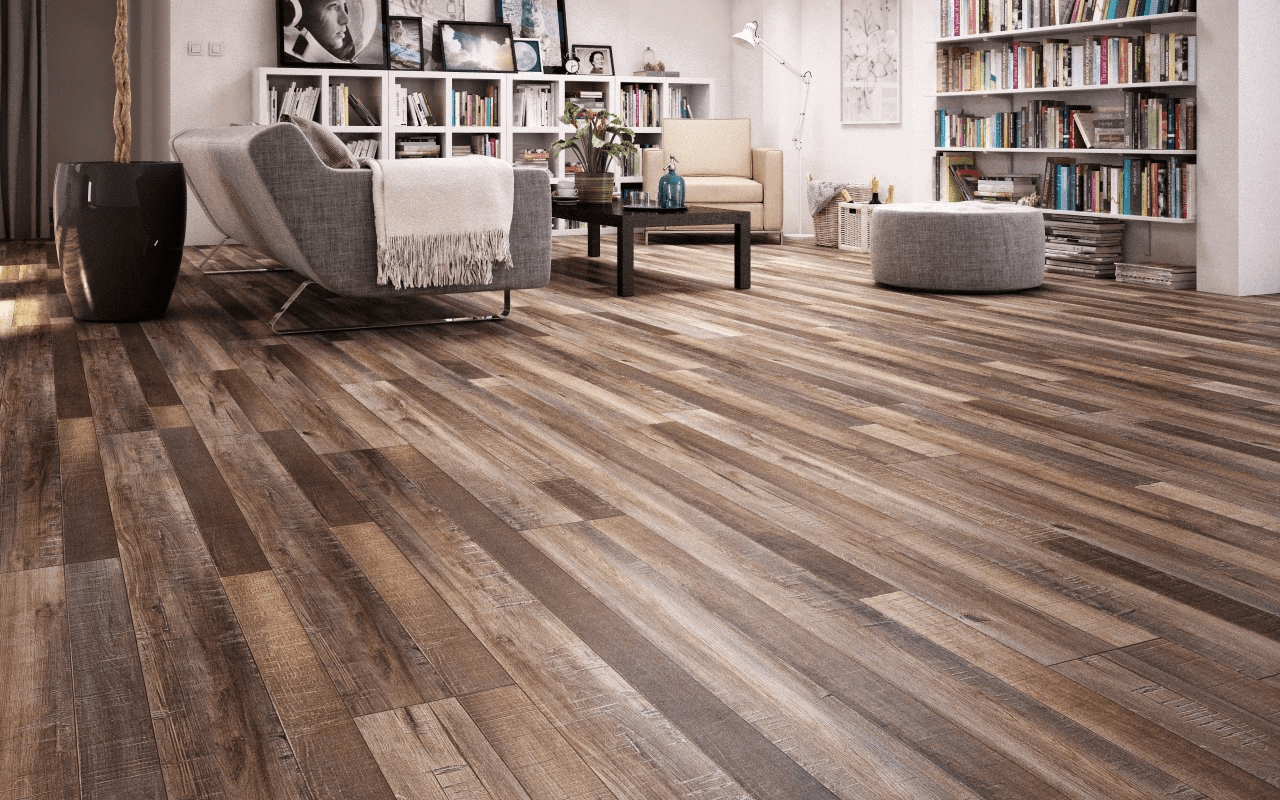
Tile Flooring (Ceramic/Porcelain)
- Characteristics: Tile flooring is renowned for its versatility, durability, and diverse design options. It is resistant to water, stains, and scratches, making it an ideal choice for bathrooms, kitchens, and other high-moisture areas. Additionally, it is relatively easy to clean and maintain.
- Vulnerabilities: Grout lines in tile flooring are prone to accumulating dirt and grime, requiring regular cleaning and sealing to prevent discoloration and the growth of mold and mildew. Additionally, tiles can be susceptible to cracking under heavy impact or pressure.
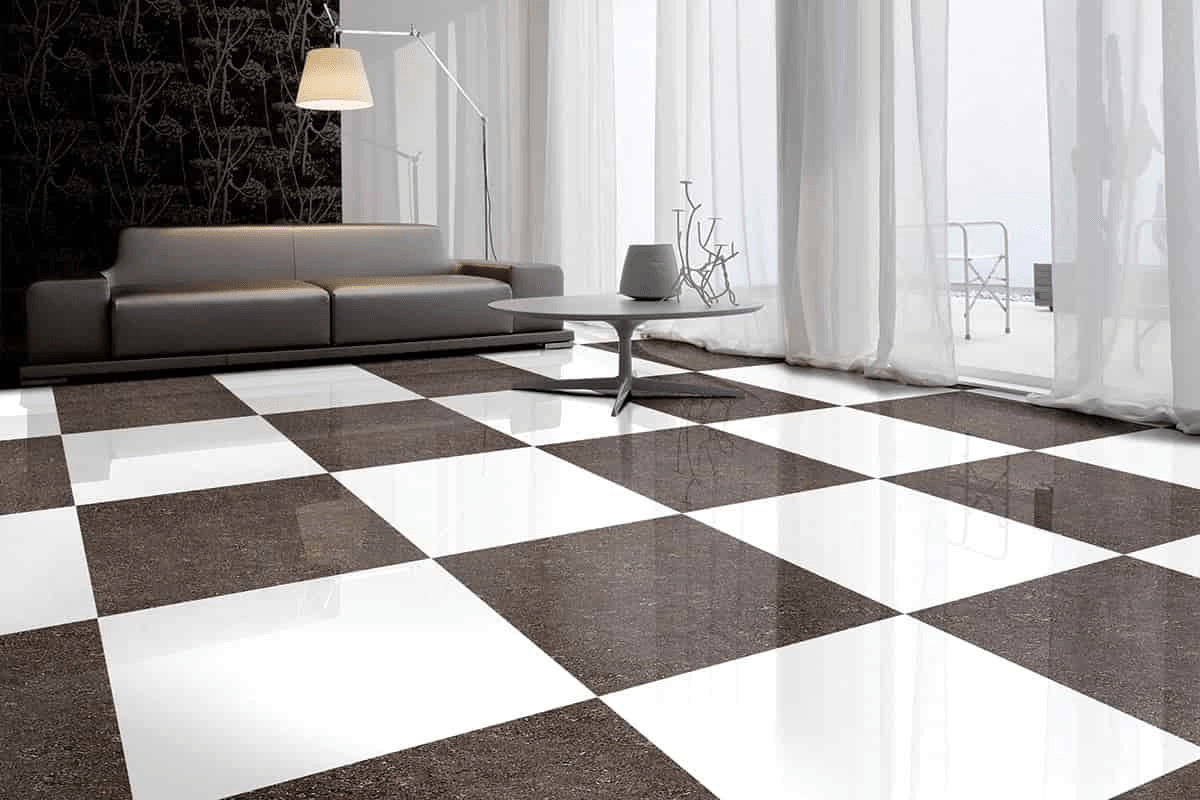
Vinyl Flooring
- Characteristics: Vinyl flooring offers a cost-effective and low-maintenance solution that is resistant to water, stains, and scratches. It comes in various designs, including wood, stone, and tile patterns, providing versatility in style and application.
- Vulnerabilities: While vinyl flooring is durable, it can be prone to gouges and tears, particularly in high-traffic areas. It may also fade over time when exposed to prolonged sunlight, necessitating periodic replacement or refinishing in certain instances.
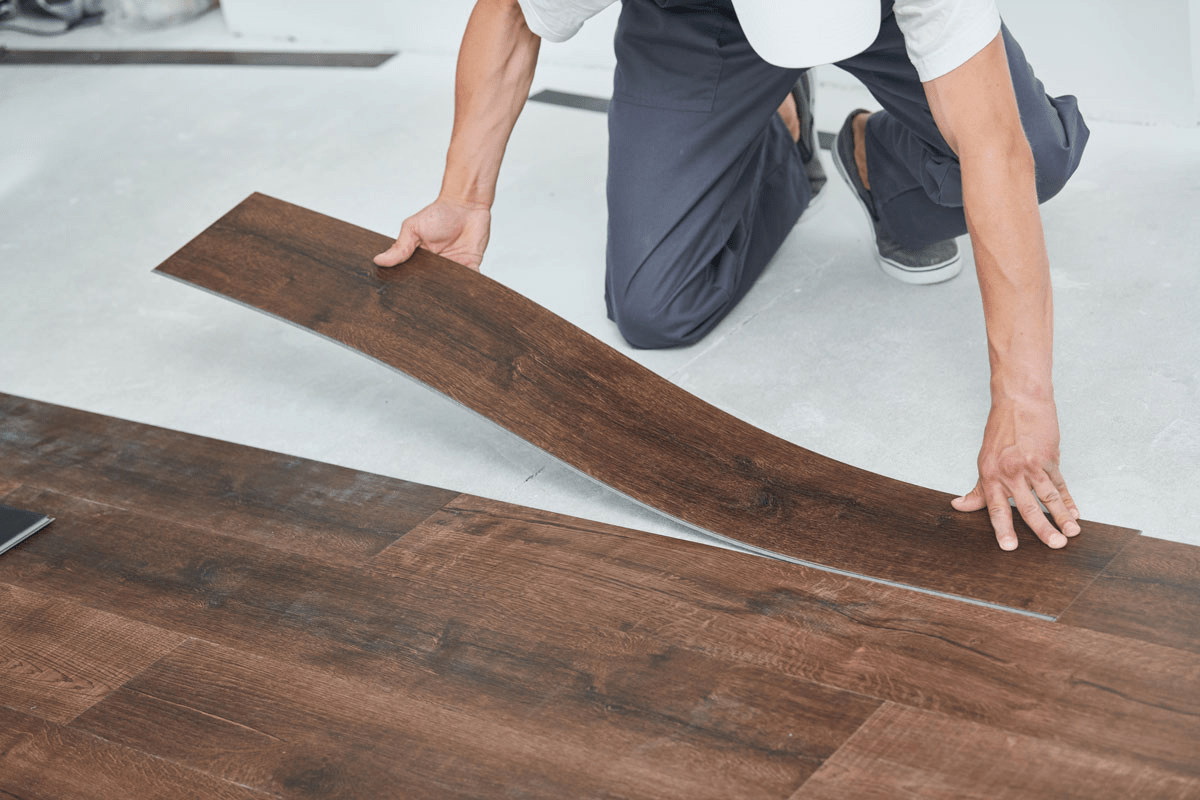
Concrete Flooring
- Characteristics: Concrete flooring is known for its durability, versatility, and modern aesthetic appeal. It can be customized with various finishes, stains, and textures, offering a sleek and contemporary design solution that is suitable for both indoor and outdoor applications.
- Vulnerabilities: Unsealed concrete floors are susceptible to moisture penetration, leading to the development of cracks, stains, and mold. They can also be susceptible to surface abrasions and require regular sealing and maintenance to prevent deterioration and ensure long-term durability.
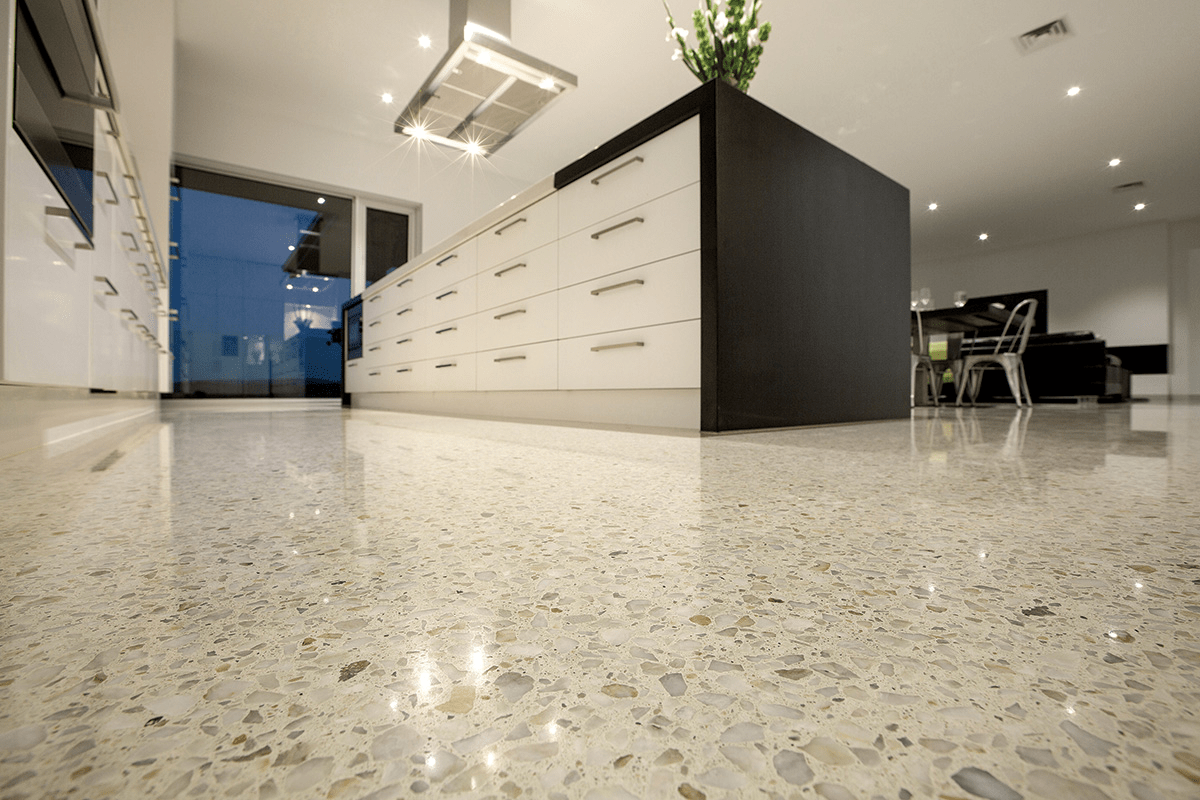
Understanding the unique attributes and vulnerabilities of different floor materials guides you in making informed decisions regarding the most suitable floor finishing options that promote longevity, aesthetics, and functional performance within your living space.
Types of Floor Finishes
There is a myriad of floor finishes available in the market, each offering distinct advantages in terms of durability, aesthetics, and maintenance. From polyurethane and varnish to wax and oil-based finishes, exploring the diverse range of floor finish types empowers you to make informed decisions that align with your specific flooring needs and preferences.
Polyurethane Finish
- Description: A popular and durable option, polyurethane finish provides a protective layer that enhances the natural beauty of wood floors. It comes in water-based and oil-based variants, offering varying levels of sheen and resistance to scratches and wear.
- Application: Ideal for hardwood and engineered wood floors in residential and commercial settings, polyurethane finish provides long-lasting protection and a glossy or matte appearance based on your desired aesthetic.
Varnish Finish
- Description: Varnish finish is a traditional and time-tested solution for protecting and beautifying wooden floors. It offers a glossy or satin sheen that highlights the natural grain of the wood while providing resistance to stains, spills, and foot traffic.
- Application: Suited for hardwood floors and furniture, varnish finish is a versatile option that adds depth and richness to the wood’s appearance, making it an excellent choice for both contemporary and classic interior designs.
Wax Finish
- Description: Wax finish provides a natural and subtle sheen that enhances the texture and character of wood floors. It offers moderate protection against moisture and stains while creating a soft and lustrous surface that is easy to maintain and repair.
- Application: Commonly used for hardwood floors and antique furniture, wax finish adds an elegant and timeless charm to interior spaces, imparting a warm and inviting ambiance that exudes classic sophistication.
Epoxy Finish
- Description: Epoxy finish is a durable and resilient solution that provides a seamless and high-gloss surface for concrete floors. It offers exceptional resistance to stains, chemicals, and abrasions, making it an ideal choice for industrial and high-traffic areas.
- Application: Suitable for garage floors, basements, and commercial settings, epoxy finish creates a smooth and durable surface that is easy to clean and maintain, offering long-term protection and a modern, polished aesthetic.
Oil Finish
- Description: Oil finish penetrates the wood’s surface, enhancing its natural texture and color while providing protection against moisture and daily wear. It offers a matte or satin sheen that emphasizes the wood’s organic beauty and creates a smooth and touchable surface.
- Application: Ideal for hardwood floors and furniture, oil finish is a favored choice for those seeking a natural and environmentally friendly option that highlights the unique grain and character of the wood, adding warmth and depth to the overall design.
Concrete Sealer Finish
- Description: Concrete sealer finish provides a protective barrier that prevents moisture penetration, stains, and abrasions on concrete floors. It comes in various formulations, including acrylic and penetrating sealers, offering different levels of gloss and protection.
- Application: Commonly used for indoor and outdoor concrete surfaces, concrete sealer finish offers enhanced durability and a polished appearance that is resistant to harsh weather conditions, making it an excellent choice for both residential and commercial applications.
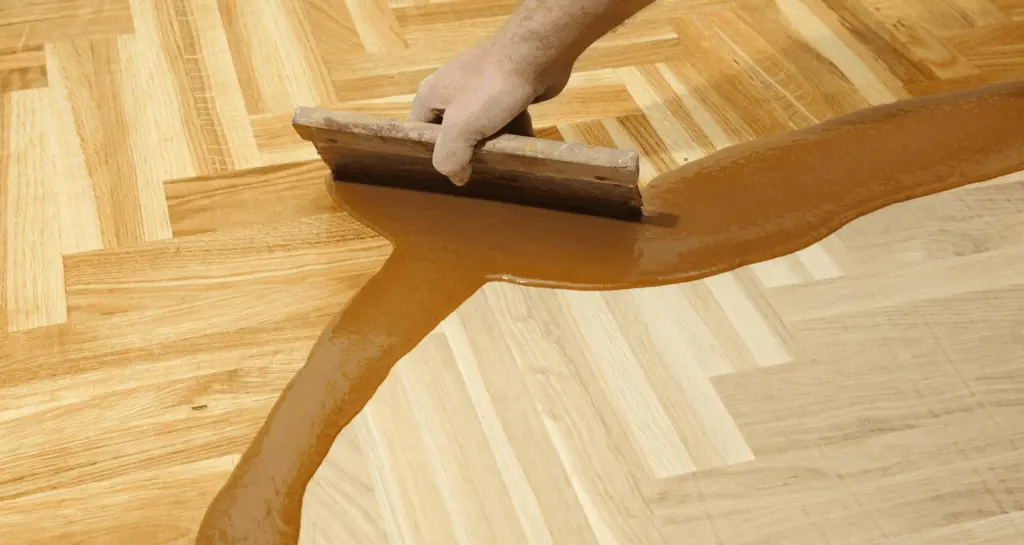
Understanding the distinct characteristics and applications of different types of floor finishes empowers you to make informed decisions that align with your specific flooring requirements and design preferences, ultimately creating a visually stunning and long-lasting floor solution that complements your interior space.
Choosing the Right Finish for Different Floors
Selecting the appropriate finish for different types of floors requires a comprehensive understanding of the specific characteristics and requirements of each floor material. Whether you’re dealing with hardwood, laminate, or concrete floors, choosing a finish that enhances the natural beauty of the material while providing adequate protection is crucial in maintaining the longevity and appeal of your floors.
Preparing the Floor for Finishing
Proper preparation is key to achieving a flawless and long-lasting floor finish. This includes thorough cleaning, sanding, and repairing any imperfections or damages on the surface to ensure a smooth and even application of the chosen floor finish. Adequate floor preparation sets the foundation for a successful and aesthetically pleasing floor finishing project.
Step-by-Step Application Process
Understanding the step-by-step application process of the chosen floor finish is essential in achieving professional-grade results. From the initial priming and sealing to the final coating and buffing, following the recommended application techniques and guidelines ensures a seamless and durable finish that enhances the overall appeal and resilience of your floors.
Maintaining and Caring for Finished Floors
Regular maintenance and proper care are vital in preserving the pristine condition and luster of your finished floors. This includes routine cleaning, avoiding harsh chemicals, and promptly addressing any signs of wear or damage to prevent the deterioration of the finish and the underlying floor material, promoting long-term durability and aesthetic appeal.
Creative and Unique Floor Finish Ideas
Embracing creative and unique floor finish ideas allows you to infuse personality and character into your living space. From intricate patterns and stenciling to innovative color combinations and textured finishes, incorporating creative floor finish ideas adds a distinct and personalized touch that elevates the overall visual appeal of your floors.
Incorporating Eco-Friendly Floor Finishes
With the growing emphasis on sustainable living, incorporating eco-friendly floor finishes provides an environmentally conscious and health-conscious solution for your home. Opting for water-based or low-VOC finishes, utilizing natural oils and waxes, and exploring recycled or reclaimed materials contribute to a greener and more sustainable approach to floor finishing that promotes environmental well-being.
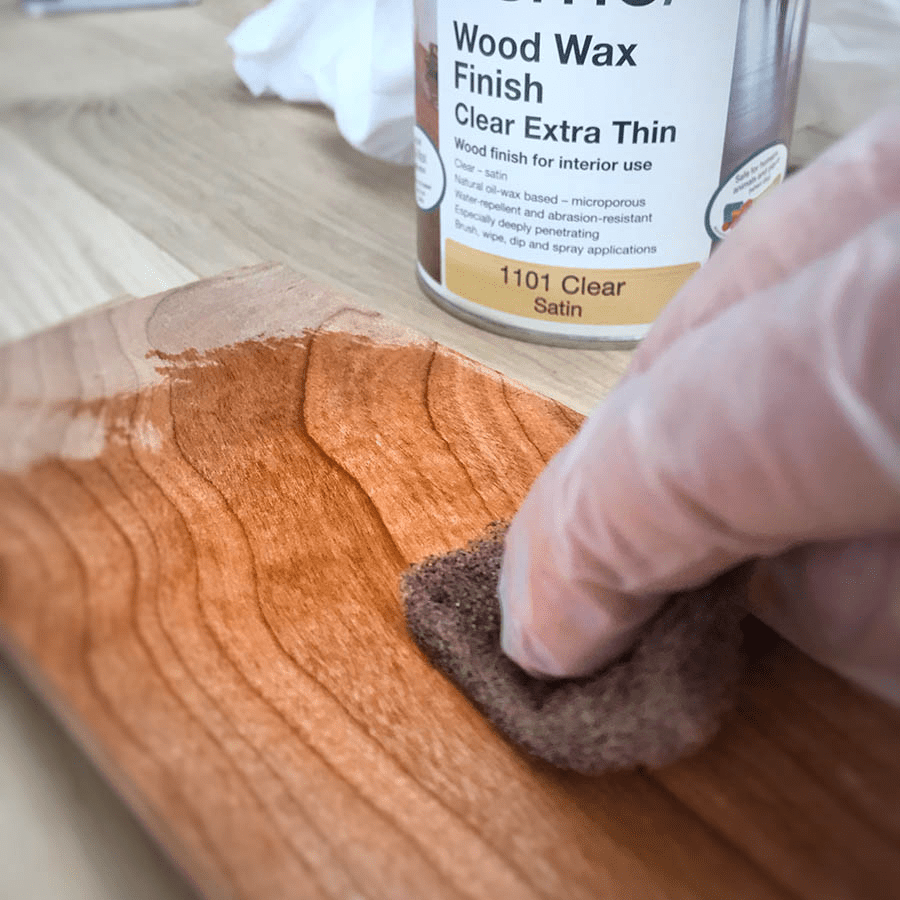
Budget-Friendly Floor Finish Options
Achieving a stunning floor finish doesn’t always require breaking the bank. Exploring budget-friendly options such as water-based finishes, DIY staining kits, and cost-effective sealants allows you to achieve high-quality results without exceeding your budget constraints, making floor finishing a cost-effective and accessible home improvement project for all.
Trends in Floor Finishing Techniques
Staying abreast of the latest trends in floor finishing techniques enables you to incorporate modern and innovative design elements into your home. From matte finishes and distressed looks to high-gloss coatings and metallic accents, embracing contemporary floor finishing trends adds a touch of sophistication and style that resonates with current design sensibilities and aesthetic preferences.
DIY Floor Finishing Tips and Tricks
For the avid DIY enthusiasts, mastering essential floor finishing tips and tricks is essential in ensuring a successful and rewarding home improvement project. Understanding the nuances of sanding techniques, mastering the art of applying even coats, and implementing effective sealing and buffing methods contribute to professional-grade results that showcase your craftsmanship and attention to detail.
Seeking Professional Help for Complex Projects
While DIY floor finishing projects can be rewarding, complex or extensive projects may require the expertise of professional flooring contractors. Seeking professional help for intricate designs, large-scale renovations, or specialized floor materials ensures a seamless and efficient execution that delivers superior results and guarantees the long-term integrity and beauty of your finished floors.
Long-Term Durability and Resilience
Investing in floor finishes that prioritize long-term durability and resilience is essential in maintaining the quality and appearance of your floors over time. Opting for high-quality finishes, implementing regular maintenance routines, and addressing any signs of wear or damage promptly contribute to the prolonged lifespan and aesthetic appeal of your finished floors, ensuring a lasting and timeless flooring solution for your home.
Personalization and Customization for Unique Floors
Infusing your personal style and preferences into the floor finishing process allows you to create unique and customized floors that reflect your individuality and design aesthetics. From selecting custom stains and finishes to incorporating personalized patterns and textures, embracing a personalized approach to floor finishing adds a distinct and inviting charm to your living space, making your floors a true reflection of your lifestyle and personality.

FAQs
What are the best practices for cleaning and maintaining finished concrete floors?
Regular sweeping, damp mopping with pH-neutral cleaners, and avoiding abrasive tools or harsh chemicals are essential practices for cleaning and maintaining finished concrete floors, preserving their luster and durability.
How do I choose the right finish for a high-traffic area in my home?
Opting for durable and scratch-resistant finishes such as polyurethane or epoxy coatings is ideal for high-traffic areas. Consider finishes with higher gloss levels and superior protective properties to withstand the demands of frequent use and foot traffic.
What are some popular floor finishing trends for modern interior design themes?
Some popular floor finishing trends for modern interior design themes include matte finishes, light and natural wood tones, geometric patterns, and sustainable flooring materials that emphasize minimalism, sustainability, and contemporary aesthetics.
What is the best finish for floors?
The best finish for floors often depends on the specific requirements and style preferences, but popular options include hardwood finishes, ceramic tiles, and laminate coatings.
Can I apply a new finish over an existing floor finish?
Yes, in some cases, applying a new finish over an existing floor finish is possible. However, it is crucial to ensure proper cleaning, sanding, and compatibility between the new and existing finishes to achieve optimal adhesion and a seamless final result.
What is a floor finishing?
A floor finishing refers to the final treatment applied to a floor surface, providing protection, enhancing durability, and improving the overall appearance of the flooring material.
How often should I refinish my hardwood floors?
The frequency of refinishing hardwood floors depends on the level of foot traffic and wear. On average, hardwood floors should be refinished every 3 to 5 years to maintain their appearance and integrity.
What is the typical finish for flooring?
The typical finish for flooring can vary based on the type of flooring, with options like matte, semi-gloss, or high-gloss finishes for different materials like wood, tiles, or concrete.
What is trending in flooring 2023?
Trends in flooring for 2023 are showcasing an inclination towards sustainable materials, natural finishes, and versatile designs that offer both durability and aesthetic appeal.
